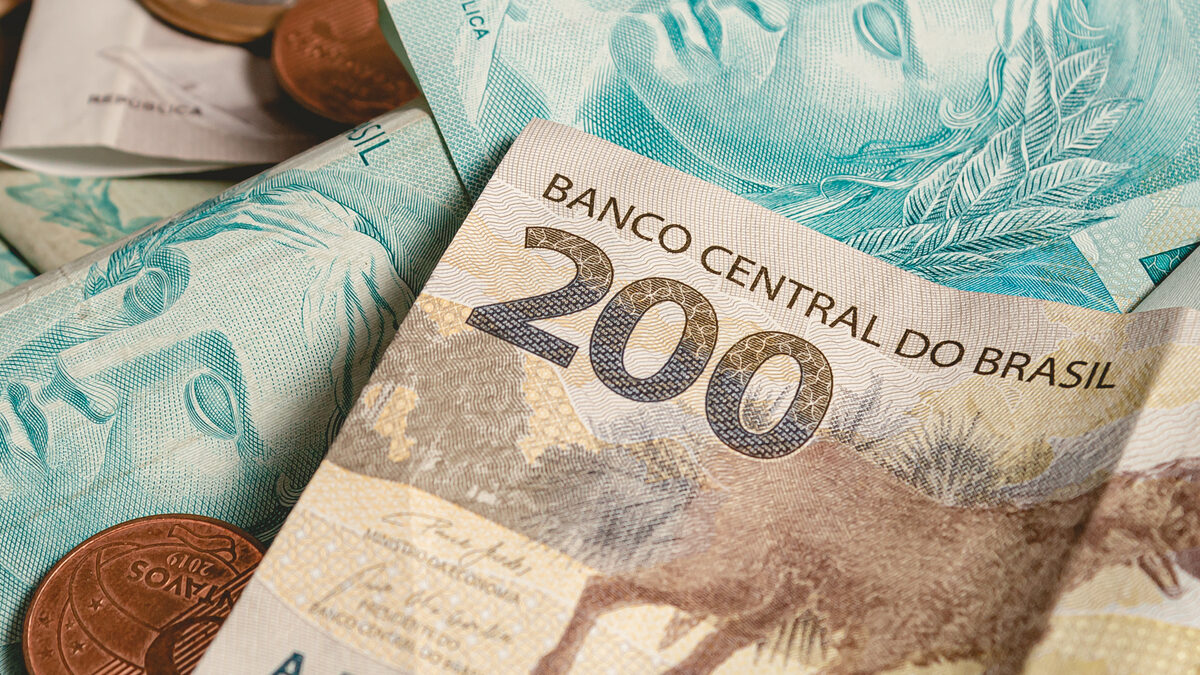The Real is the currency of Brazil and is represented by the symbol “R$” and the international code “BRL.” The currency is divided into cents, and both notes and coins come in various denominations. The most common notes include R$ 2, R$ 5, R$ 10, R$ 20, R$ 50, R$ 100, and R$ 200. Additionally, there are R$ 1 coins and cent coins of R$ 0.05, R$ 0.10, R$ 0.25, and R$ 0.50.

Over the years, the country has gone through various currencies and monetary systems. Before the Real, one of the most well-known currencies was the Cruzeiro, which was in use until the mid-1990s. However, rampant inflation during that time made the Cruzeiro nearly worthless, leading to the introduction of the Plano Real.
The Real, launched in July 1994, was an effort by the Brazilian government to control inflation and stabilize the economy. As part of this plan, the Real was introduced as a new currency. Since then, the Real has been the official currency of Brazil and is widely accepted throughout the country.
The currency was introduced during the presidency of Itamar Franco, through his Minister of Finance, Fernando Henrique Cardoso. After several failed economic plans and multiple currency changes (Réis, Cruzeiro, Cruzeiro Novo, Cruzado, Cruzado Novo, back to Cruzeiro and Cruzeiro Real), Fernando Henrique was determined to develop an effective plan to control inflation.
The Real, as a model, successfully stabilized the rampant inflation that plagued the Brazilian economy. This was largely due to the adoption of a fixed exchange rate system linked to a basket of currencies led by the U.S. dollar. To illustrate the impact of this plan, the Brazilian currency reached its highest quotation on March 31, 1995, when R$ 1.00 was equivalent to US$ 1.20.

Matheus Araújo
Matheus Araújo is the founder and editor of Brazilian History. Born in Rio de Janeiro and holding a degree in Advertising and Marketing, his passion for history led him to enroll at the Federal University of the State of Rio de Janeiro, where he is currently pursuing a degree in History Education.
